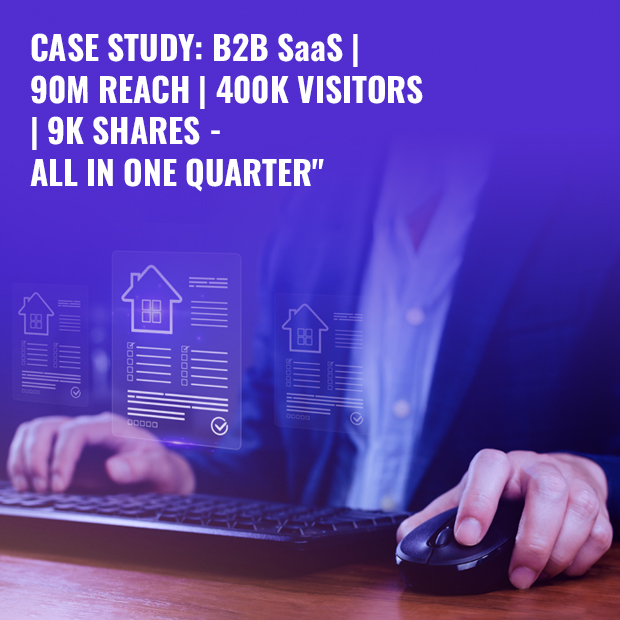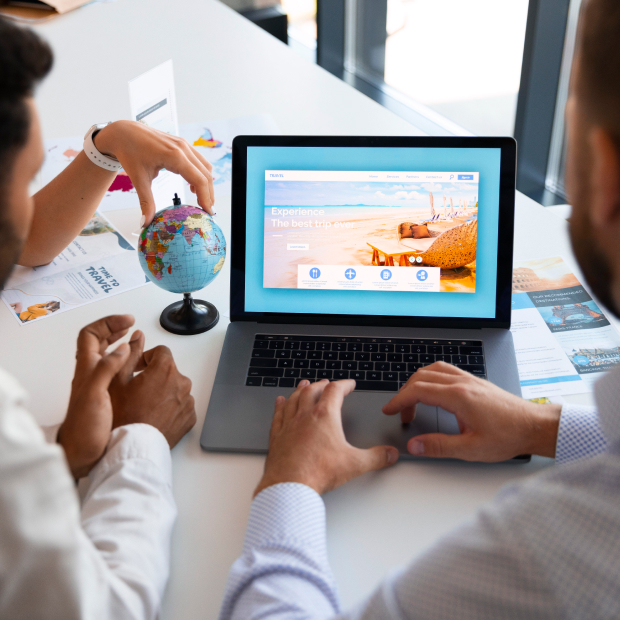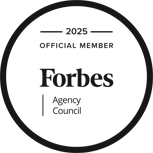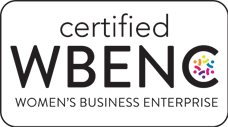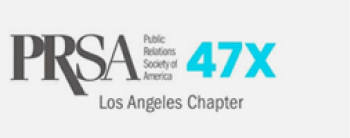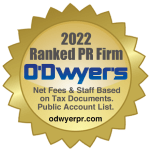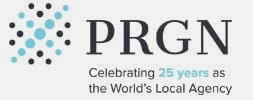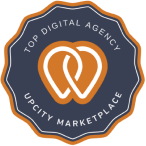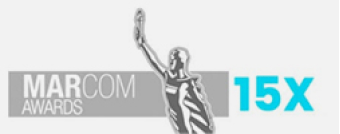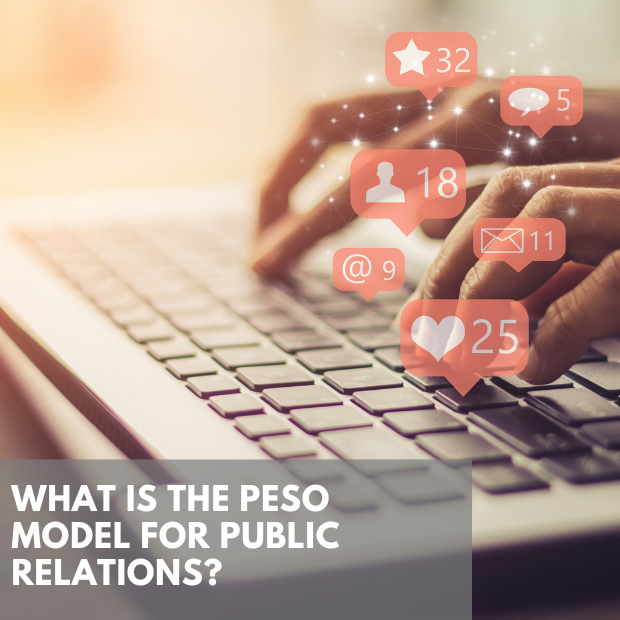
What Is The PESO Model For Public Relations?
What Is The PESO Model?
The PESO model is an abbreviation for Paid, Earned, Shared, and Owned media. It is a modern public relations model that integrates different media forms to create more effective and holistic campaigns.
For a long time, PR has relied solely on earned media to reach its goals. Over the past decade, the business world has been introduced to social media and owned media as effective ways of reaching their audiences. The PESO model helps PR practitioners adopt and realize the full advantages of these new media forms.
Aside from integrating paid, shared, and owned media in public relations efforts, this model aligns each media with different outcomes and objectives.
Your business will reap maximum benefits from optimizing the overlapping outcomes of different media. Essentially, you utilize all media in a coordinated way to achieve your company’s objectives.
Let’s take a look at each medium and what they entail for PR purposes.
Paid Media
Paid media is when you pay to place your messages or content on certain channels. It includes sponsored content as well as advertising.
Sponsored content
Sponsored content is when businesses pay a publication, brand, or individual to feature their product or service in their content. This type of content focuses on providing real value to the reader as opposed to being purely promotional.
Long-form content is a type of sponsored content that can help your brand demonstrate thought leadership. Sponsored content can also be in the form of social media posts. You can also use newer media, like podcasts, as these are rapidly gaining popularity among audiences.
A study by Edelman shows that brands boost their credibility by 33% if they place sponsored content on well-respected sites.
Advertising
Of course, paid media also refers to advertising like PPC (Pay-per-click) campaigns, social media ads, and native ads. This places your business in front of your target audience and is one of the most traditional ways to boost brand awareness and reach.
Now, brands are leaning more towards native ads, which blend in better with surrounding content. They take on the form and function of the platform they’re placed on. Native ads can help your business boost your brand, increase purchase intent by 53%, extend the shelf life of earned media, and bring measurable results.
Earned Media
Earned media refers to the organic promotion of your brand or products. Unlike paid media, earned media is more trusted by consumers. This is because it was not created by your business or paid for by it.
Some examples of earned media include reviews, influencer mentions, media coverage, and social media shoutouts.
Earned media can help your business raise brand awareness, offer social proof, increase credibility, and reach a wider audience.
Shared Media
Shared media mainly refers to social media. However, it also includes all content shared on third-party platforms such as partner networks.
Shared media offers you some levels of control over the posts that you share. However, you cannot control what other users share about your brand or how they interact with your content once it’s been shared.
You can use shared media to start conversations, listen to what others are saying, and build relationships. If user engagement with your brand is below your expectations, shared media allows you to start and participate in conversations that can help increase engagement.
Additionally, you can use these media to generate awareness for your brand, product, or service. It can help amplify your message by sharing it with a larger audience.
Owned Media
Owned media is any form of media that you own. This includes apps, emails, websites, blogs, podcasts, and e-books.
Organizations have full control over owned media. So, use it to ensure that all communication aligns with your business goals and objectives. Owned media should reflect your business values. It should show your target audience who you are and what you stand for so that they can connect with you.
Managing your own media allows you to create a more personal relationship with your audience. Owned media platforms are great for sharing company updates, announcements, and insights to communicate your messages to your target audience directly.
Final Thoughts
The PESO model is a valuable tool for businesses that want to stay ahead of the curve and make the most of their public relations efforts. Integrating all four media types in your PR plan will help you tap into various audiences and achieve your desired results.
At its best, this model will help you get quantifiable results, and establish yourself as an authority and thought leader in your industry.

